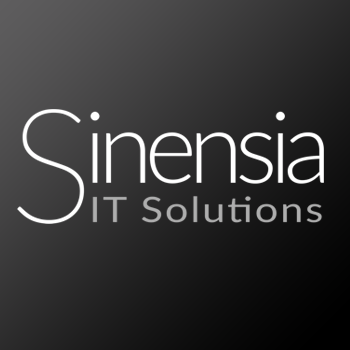
Descripción: Curso IBM InfoSphere Advanced DataStage - Parallel Framework v11.5 SPVC
Formación en IBM Infosphere
Contains: PDF course guide, as well as a lab environment where students can work through demonstrations and exercises at their own pace.
This course is designed to introduce advanced parallel job development techniques in DataStage v11.5. In this course you will develop a deeper understanding of the DataStage architecture, including a deeper understanding of the DataStage development and runtime environments. This will enable you to design parallel jobs that are robust, less subject to errors, reusable, and optimized for better performance.
If you are enrolling in a Self Paced Virtual Classroom or Web Based Training course, before you enroll, please review the Self-Paced Virtual Classes and Web-Based Training Classes on our Terms and Conditions page, as well as the system requirements, to ensure that your system meets the minimum requirements for this course. http://www.ibm.com/training/terms
Formación IBM
Detalles
1: Introduction to the parallel framework architecture• Describe the parallel processing architecture• Describe pipeline and partition parallelism• Describe the role of the configuration file• Design a job that creates robust test data2: Compiling and executing jobs• Describe the main parts of the configuration file• Describe the compile process and the OSH that the compilation process generates• Describe the role and the main parts of the Score• Describe the job execution process3: Partitioning and collecting data• Understand how partitioning works in the Framework• Viewing partitioners in the Score• Selecting partitioning algorithms• Generate sequences of numbers (surrogate keys) in a partitioned, parallel environment4: Sorting data• Sort data in the parallel framework• Find inserted sorts in the Score• Reduce the number of inserted sorts• Optimize Fork-Join jobs• Use Sort stages to determine the last row in a group• Describe sort key and partitioner key logic in the parallel framework5: Buffering in parallel jobs• Describe how buffering works in parallel jobs• Tune buffers in parallel jobs• Avoid buffer contentions6: Parallel framework data types• Describe virtual data sets• Describe schemas• Describe data type mappings and conversions• Describe how external data is processed• Handle nulls• Work with complex data7: Reusable components• Create a schema file• Read a sequential file using a schema• Describe Runtime Column Propagation (RCP)• Enable and disable RCP• Create and use shared containers8: Balanced Optimization• Enable Balanced Optimization functionality in Designer• Describe the Balanced Optimization workflow• List the different Balanced Optimization options.• Push stage processing to a data source• Push stage processing to a data target• Optimize a job accessing Hadoop HDFS file system• Understand the limitations of Balanced Optimizations
Experienced DataStage developers seeking training in more advanced DataStage job techniques and who seek an understanding of the parallel framework architecture.
IBM InfoSphere DataStage Essentials course or equivalent and at least one year of experience developing parallel jobs using DataStage.
Please refer to course overview
Contáctenos a través de >éste formulario<
Precios especiales para la formación de grupos
Podemos adaptar cualquier curso a sus necesidades, e impartirlo en sus instalaciones o en nuestros centro de formación ContáctenosCursos relacionados


